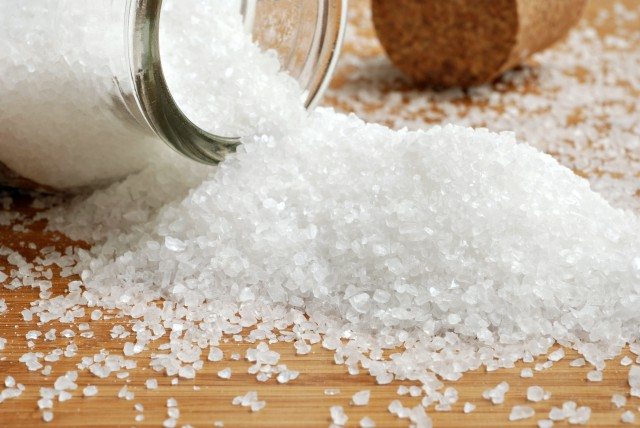Nearly all Americans – regardless of age, race, gender or whether they have high blood pressure (hypertension) – consume more sodium than is recommended for a healthy diet, according to a report published by the Centers for Disease Control and Prevention (CDC) in a recent Morbidity and Mortality Weekly Report.
More than 90% of children and 89% of adults aged 19 and older eat too much sodium, that is, more than the recommended limits in the 2015-2020 Dietary Guidelines for Americans, not including salt added at the table.
The newly released guidelines – which are developed around current scientific evidence and released every five years – recommend limiting sodium to less than 2,300 mg per day for people over the age of 14 and less for those younger.
Evidence links excess sodium intake to high blood pressure and other health problems.
“The finding that nine of ten adults and children still consume too much salt is alarming,” said CDC director Tom Frieden.
“The evidence is clear: too much sodium in our foods leads to high blood pressure, a major risk factor for heart disease and stroke.”
“Reducing sodium in manufactured and restaurant foods will give consumers more choice and save lives.”
CDC researchers analyzed dietary data from the 2009-2012 National Health and Nutrition Examination Surveys (NHANES) to calculate how much sodium Americans are eating.
Nearly 15,000 people were included in this study.










